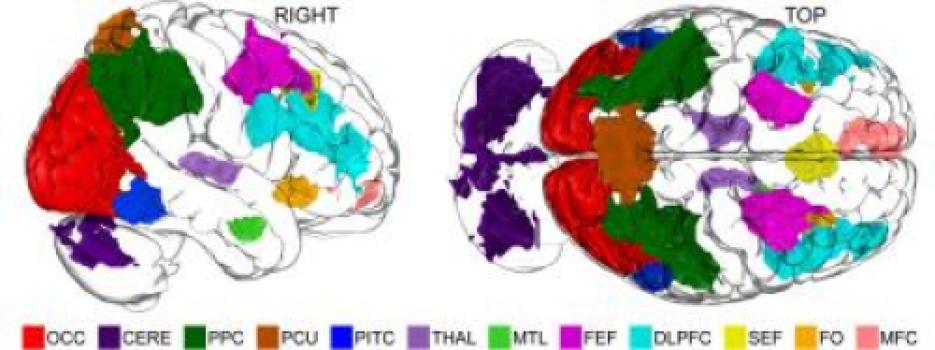OF THE
TIMES


"There is a fascination in watching these youngsters, brought up without clothes and without restraint. . . . Once they are weaned from their mothers' breasts - which often does not occur until they have reached an age of two and a half or three - the children of the islands are left practically to shift for themselves; there is food in the house, a place to sleep, and a scrap of clothing if the weather be cool - that is the extent of parental responsibility. The child eats when it pleases, sleeps when and where it will, amuses itself with no other resources than its own. As it grows older certain light duties are expected of it - gathering fruit, lending a hand in fishing, cleaning the ground about the house - but the command to work is casually given and casually obeyed. Punishment is scarcely known. . . . [Yet] the brown youngster flourishes with astonishingly little friction - sweet tempered, cheerful, never bored, and seldom quarrelsome."